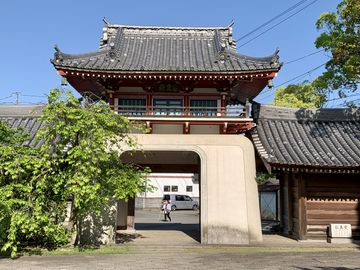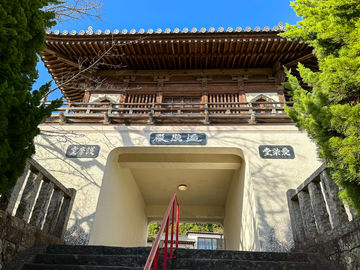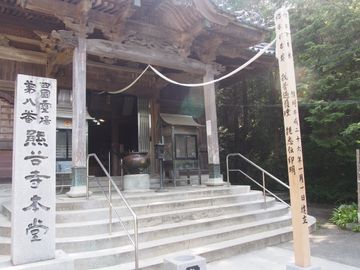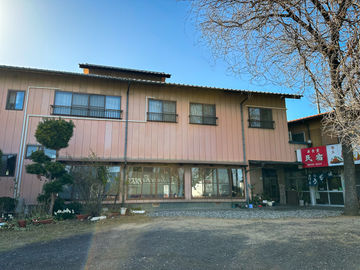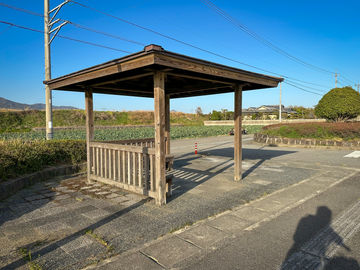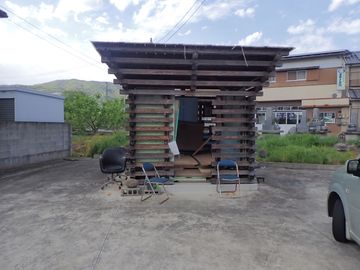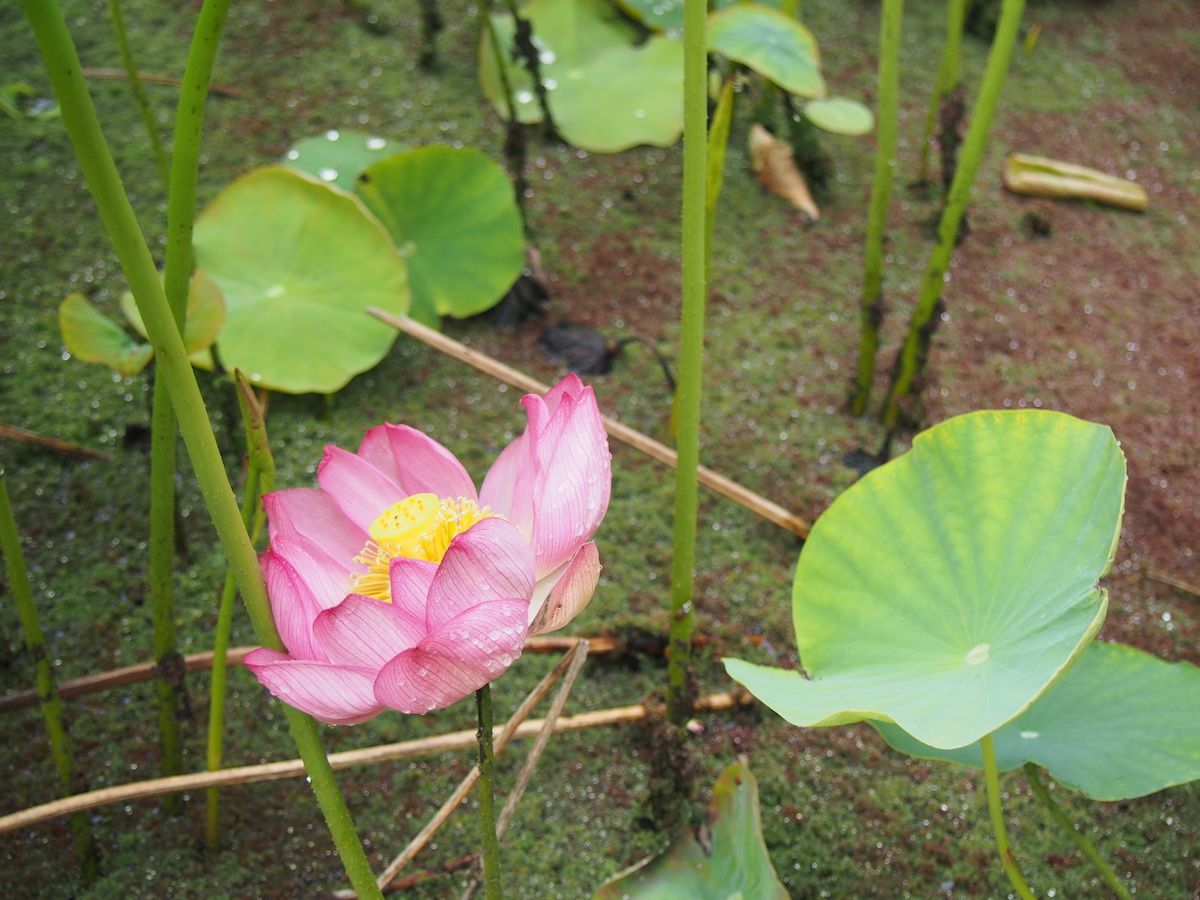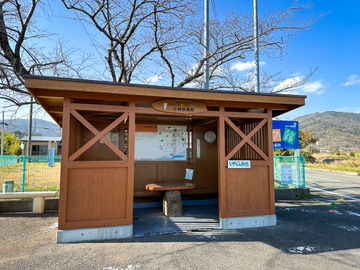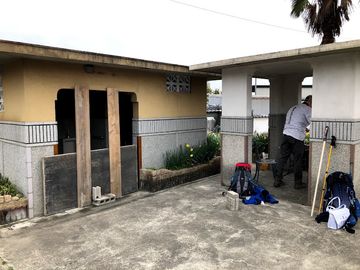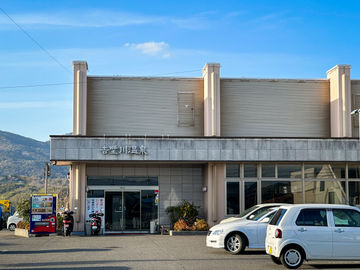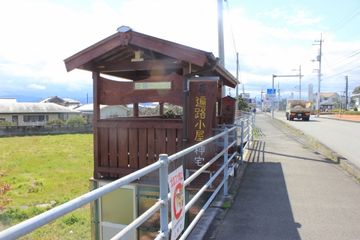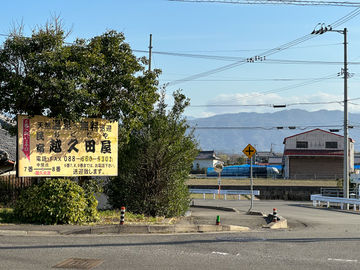
Anrakuji, Temple 6 on the Shikoku 88 Temple Pilgrimage, is a religious site steeped in history and spiritual significance in Tokushima Prefecture. The temple’s origins trace back to the Heian period when Kobo Daishi (Kukai), during his pilgrimage, discovered a miraculous spring on the temple grounds. Moved by this discovery and the natural serenity of the area, he carved a statue of Yakushi Nyorai (the Medicine Buddha) and enshrined it, designating it as the temple’s principal deity. Anrakuji, which means “Temple of Peace and Comfort,” was thus named by Kobo Daishi in the hope that it would become a source of healing and joy for all sentient beings, reflecting the temple’s longstanding association with healing waters believed to cure all diseases.
From the Momoyama period, Anrakuji served as a “Ekiroji,” a temple providing a place of rest and meals to pilgrims and travelers, a tradition that has been cherished for hundreds of years. It was during this era that Hachisuka Iemasa, the founder of the Awa Domain, officially recognized the temple’s role in offering hospitality to those on the spiritual journey. The temple grounds are home to the “Sakamatsu,” a pine tree reputed for its power to ward off misfortune, strengthening the temple’s role as a sanctuary for spiritual well-being and protection.
In addition to its spiritual offerings, Anrakuji boasts architectural and artistic treasures, including statues by the renowned Kyoto Daibutsu sculptor Matsumoto Myokei, and a historic main hall that houses the temple’s venerated deities. The temple’s Daishido and Tahoto (multi-treasure pagoda) are notable for their artistic and historical value, providing a glimpse into the rich tapestry of Buddhist art and architecture.
Anrakuji is unique among the temples of the Shikoku Pilgrimage for providing pilgrim loadging on temple grounds, an experience that allows for deeper engagement with the temple’s spiritual practices. For many pilgrims, this is their first overnight stay on the pilgrimage. Guests can participate in morning prayers and receive a guided tour of the Buddhist halls, enriching their pilgrimage with firsthand insights into the temple’s religious significance and history.
The temple’s engagement with the community extends beyond spiritual practices, offering experiences such as indigo dyeing, sutra copying, Buddha statue drawing, and amulet making, inviting pilgrims and visitors to immerse themselves in the rich cultural heritage of the region. Anrakuji’s role as a sanctuary for both body and soul is further exemplified by its annual events, including the Enmusubi Kanjo (a ritual for forging connections with the Buddha), educational seminars, and traditional festivals that celebrate the teachings of Kobo Daishi and the broader principles of Buddhism.
Hours
ClosedAmenities & Facilities
Key Distances & Elevations

Reviews
 シモンMember
シモンMemberThis temple is amazing! It's an absolute must to book a stay. You'll be able to participate in the ceremony with monks, which is amazing!! The temple has a small onsen (hot bath). Delicious and nutritious food. Besides all that, the rooms are fine, and the temple is big and beautiful!
